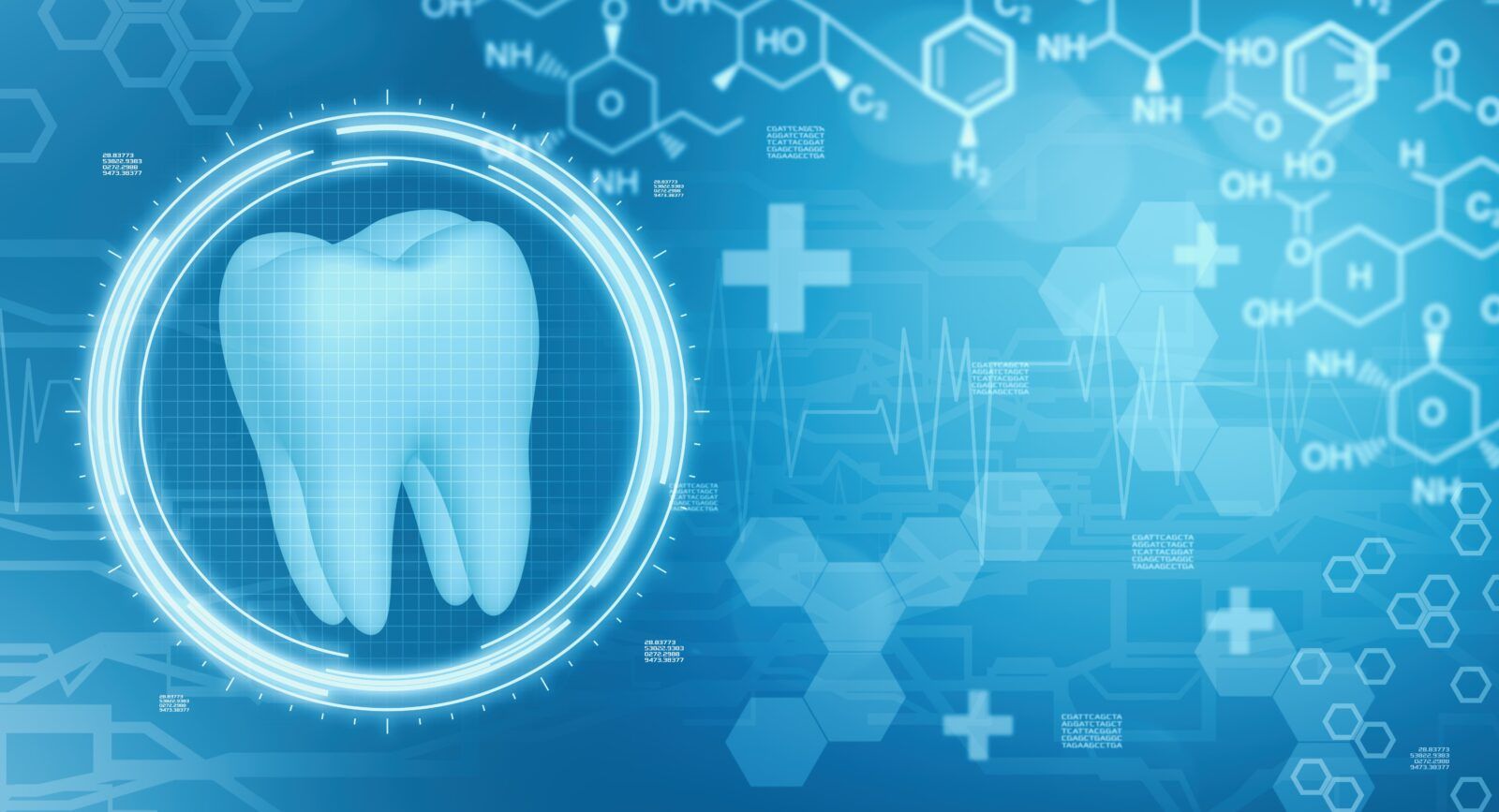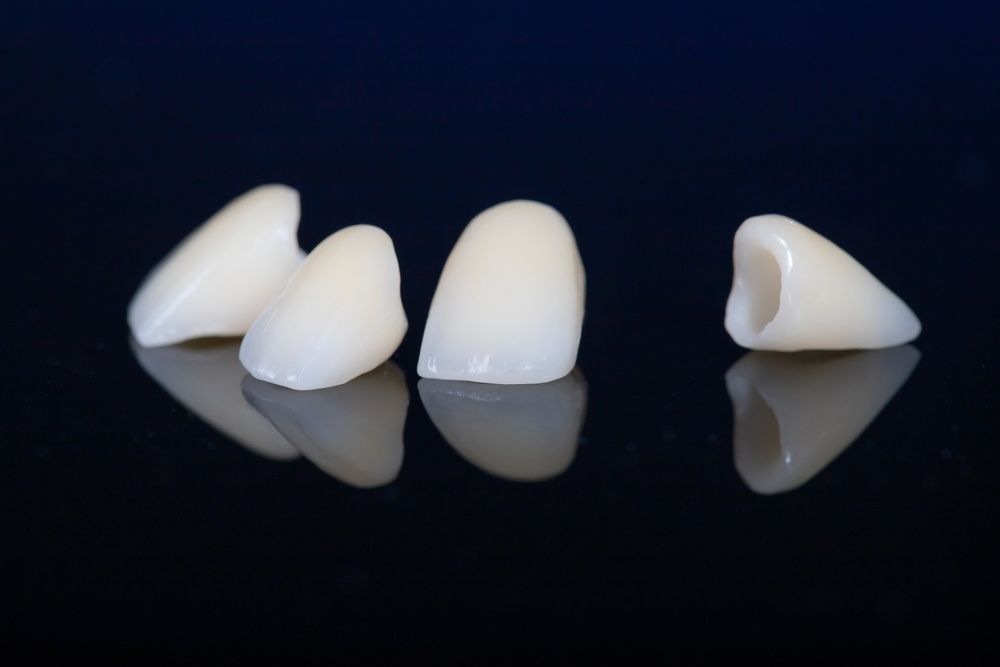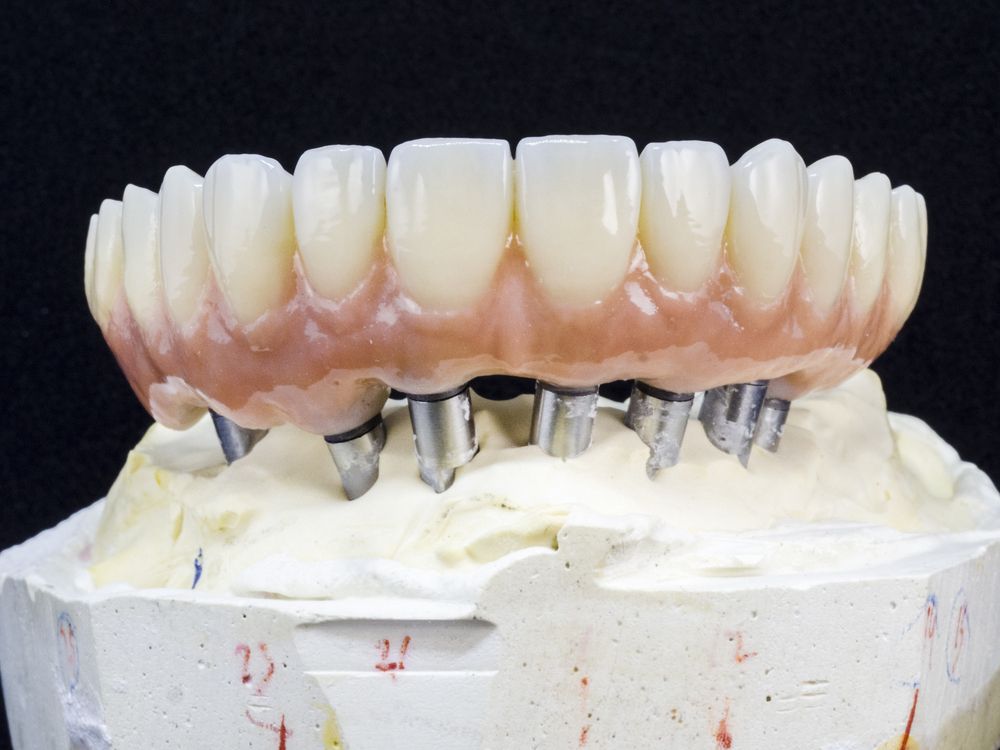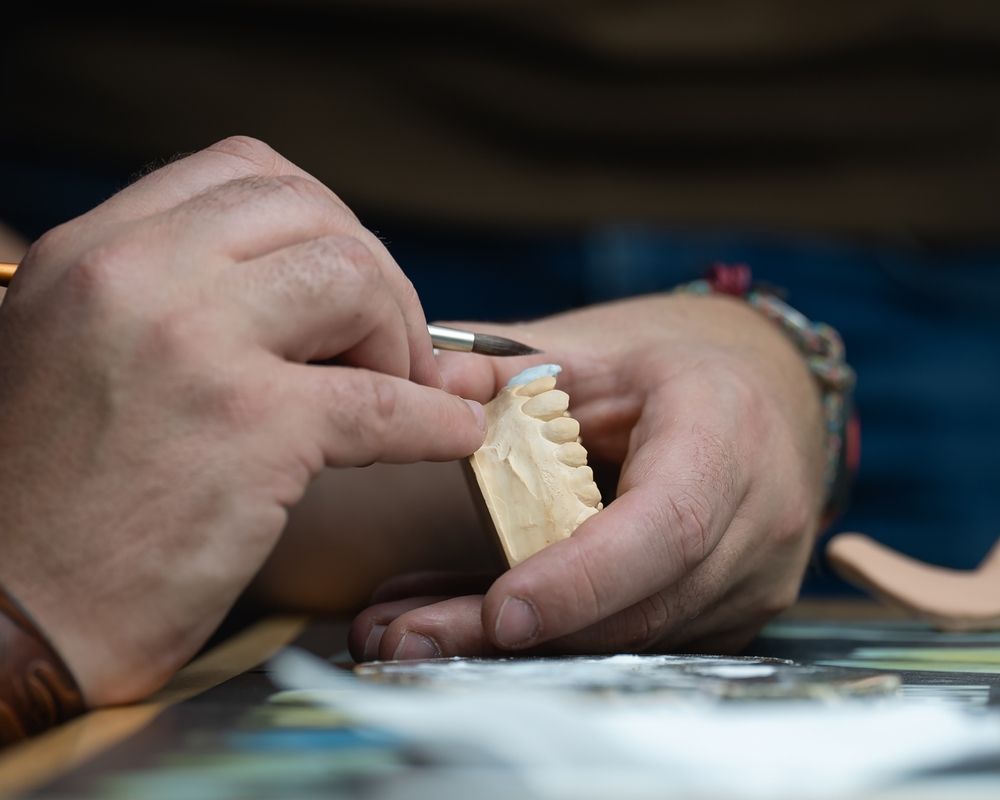In the rapidly evolving world of dentistry, the transition to digital workflows in dental labs marks a revolutionary shift from traditional methods to cutting-edge technology. This digital transformation leverages computer-aided design (CAD) and computer-aided manufacturing (CAM) systems, along with advanced imaging and 3D printing technologies, to enhance the precision, efficiency, and quality of dental restorations. As dental professionals seek to provide optimal care, understanding the myriad benefits of digital workflows—ranging from improved accuracy and customization to reduced waste and cost savings—becomes crucial. This blog delves into how digitalization is redefining dental lab operations, offering insights into its impact on the industry and the superior patient outcomes it facilitates.
Understanding Digital Workflows in Dental Labs
CAD/CAM Systems
CAD/CAM technology has revolutionized the way dental prosthetics are designed and manufactured. The process begins with the digital scanning of a patient’s mouth, creating a detailed 3D model that can be manipulated in CAD software. This allows dental technicians to design restorations with an accuracy that manual methods cannot match. The design is then sent to CAM software, where it is converted into instructions for manufacturing equipment. This seamless integration from design to production reduces errors and streamlines the creation of crowns, bridges, implants, and more, ensuring a perfect fit and faster turnaround times.
Advanced Imaging Techniques
Advanced imaging technologies, such as intraoral scanners and cone beam computed tomography (CBCT), provide detailed visualizations of a patient’s oral anatomy. These tools capture intricate details that are critical for the accurate design of dental restorations. Intraoral scanners, for example, eliminate the need for traditional dental impressions, offering a more comfortable experience for the patient and a more precise starting point for dental lab work. The detailed images and models generated by these technologies serve as the foundation for designing restorations in the CAD software, ensuring a high degree of accuracy and customization.
3D Printing Technologies
3D printing has opened up new possibilities in dental lab technology by enabling the rapid production of dental models, surgical guides, orthodontic devices, and even final restorations using biocompatible materials. This technology allows dental labs to produce complex geometries that would be difficult, if not impossible, to achieve with traditional manufacturing methods. 3D printing not only accelerates the production process but also reduces material waste, as it builds objects layer by layer according to the exact specifications of the digital design. Its versatility and efficiency make 3D printing an invaluable tool in the digital workflow of modern dental labs.
Benefits of Digital Workflow Systems
Improved Accuracy and Precision
One of the most significant advantages of a digital workflow is the increase in accuracy and precision of dental restorations. Digital imaging and scanning technologies allow for the creation of highly detailed and accurate models of a patient’s oral anatomy. This precision ensures that restorations fit more comfortably and require less adjustment during the fitting process, leading to better patient outcomes and satisfaction.
Enhanced Efficiency
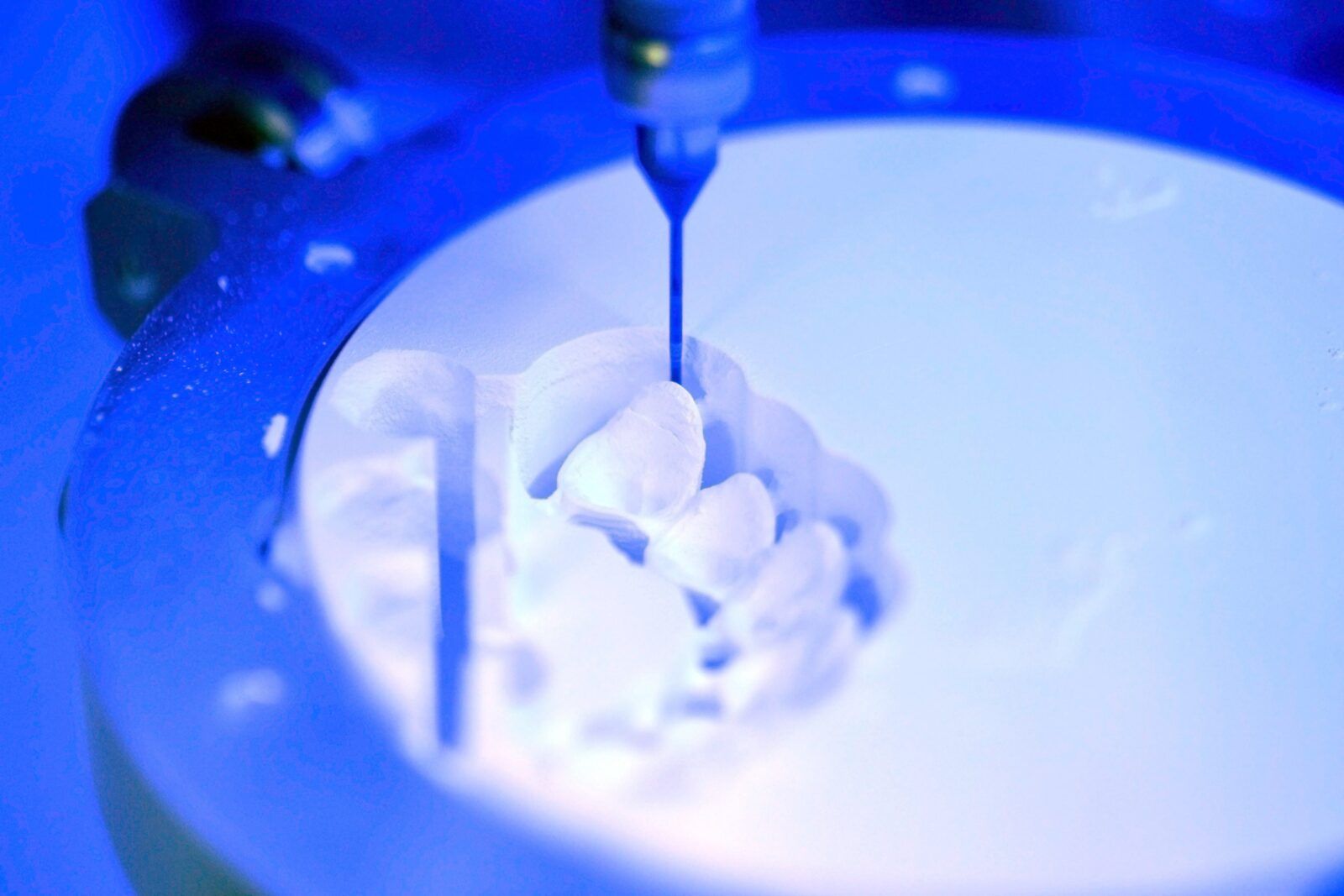
Digital workflows streamline many processes in dental labs, from initial patient scans to the final production of restorations. Digital files can be easily shared between the dental office and the lab, reducing the time and costs associated with physical models. CAD/CAM technologies enable dental technicians to design and manufacture restorations more quickly than traditional manual methods, allowing for faster turnaround times and the ability to handle a higher volume of cases.
Reduced Material Waste
The precision of digital workflows not only improves the quality of dental restorations but also reduces material waste. Traditional methods often involve guesswork and adjustments that can lead to excess material being used or discarded. Digital design and manufacturing processes are more controlled, using only the necessary amount of material and thus minimizing waste.
Customization and Innovation
Digital technologies enable a level of customization and complexity in dental restorations that was difficult or impossible to achieve with manual methods. Dental labs can now create highly personalized prosthetics tailored to the specific needs and preferences of patients. Furthermore, the digital workflow fosters innovation, allowing for the exploration of new materials, designs, and techniques that can improve the functionality and aesthetics of dental restorations.
Cost Savings
Although the initial investment in digital technologies can be significant, the long-term cost savings are considerable. The efficiency and reduced material waste of digital workflows lower overall production costs. These savings can be passed on to dental practices and ultimately to patients, making high-quality dental care more accessible.
Conclusion
The adoption of a digital workflow in dental labs represents a significant advancement in dental technology. By improving accuracy, efficiency, and customization, while reducing waste and costs, digital workflows enhance the quality of dental restorations and patient care. As technology continues to evolve, the potential for further innovations in dental lab processes and products is vast, promising even better outcomes for dental professionals and patients in the future.

